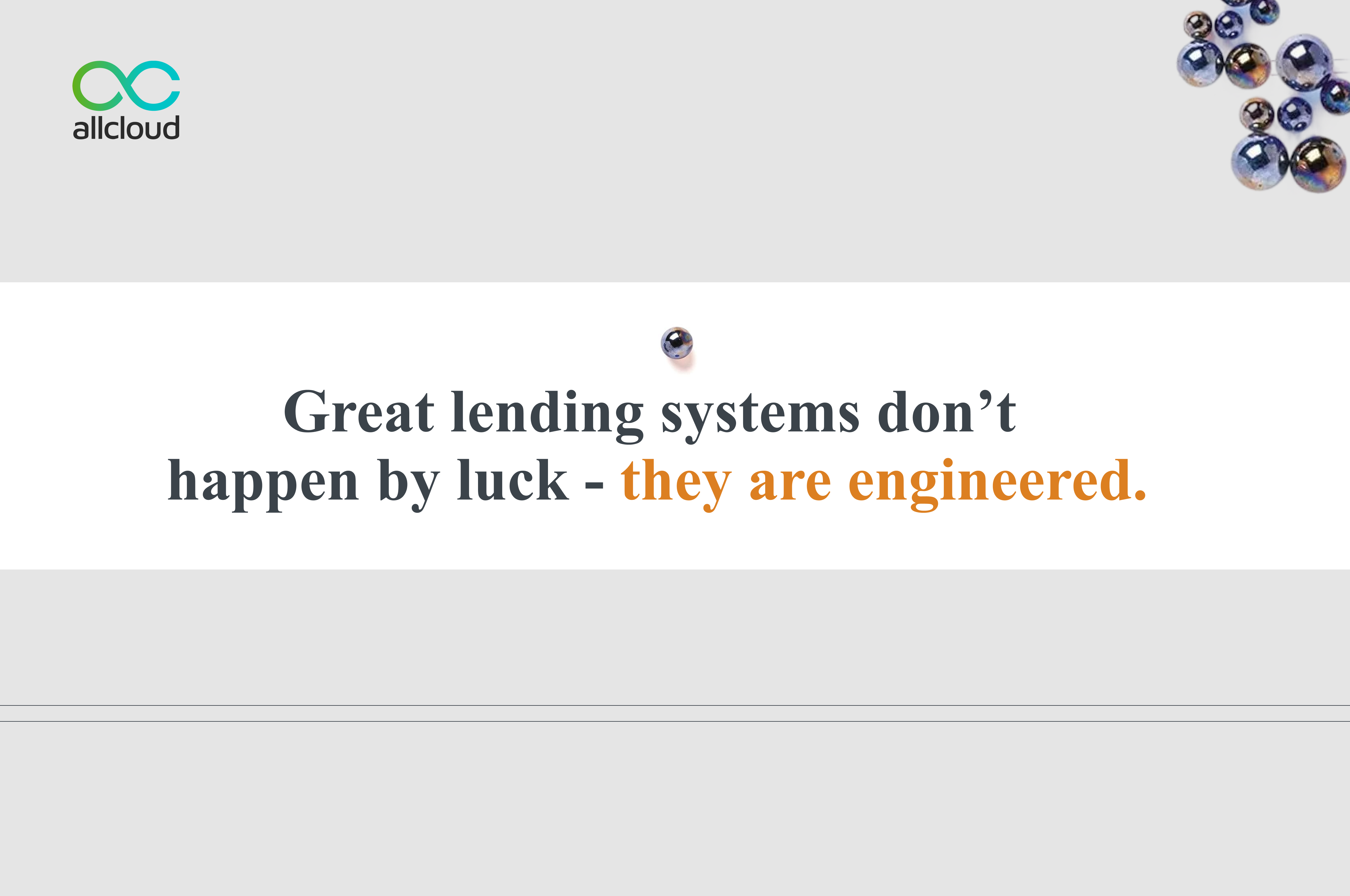Co-lending: A win-win solution for NBFCs and smaller banks to bridge liquidity gap
Get In Touch

Heading 1
Heading 2
Heading 3
Heading 4
Heading 5
Heading 6
Lorem ipsum dolor sit amet, consectetur adipiscing elit, sed do eiusmod tempor incididunt ut labore et dolore magna aliqua. Ut enim ad minim veniam, quis nostrud exercitation ullamco laboris nisi ut aliquip ex ea commodo consequat. Duis aute irure dolor in reprehenderit in voluptate velit esse cillum dolore eu fugiat nulla pariatur.
Block quote
Ordered list
- Item 1
- Item 2
- Item 3
Unordered list
- Item A
- Item B
- Item C
Bold text
Emphasis
Superscript
Subscript
Co-lending: A win-win solution for NBFCs and smaller banks to bridge liquidity gap
Co-lending is helping NBFCs and smaller banks bridge the liquidity gap, enabling them to scale their operations, increase their loan books and grow. Since the Reserve Bank of India's directive on co-lending, there has been significant interest and increased confidence among lenders to come together. It's a partnership with benefits, where all sides win; the large lender, the operating partner and the consumer. Co-lending provides the ability to deploy funds, making them available at a much cheaper rate, and quickly, due to the NBFCs and smaller banks' reach in areas that large lenders can't reach. This is essential for funding priority sectors, where there is a shortage of liquidity.
Technology enables co-lending to scale, requiring both partners to work with the same era of technology. Legacy systems can't integrate with partners, and investing in technology that is not easily integratable into the larger lender's technology ecosystem will not yield the intended benefits. Technology can enable the seamless transfer of data, enabling co-lending to be more efficient, scalable and benefit both partners, as well as the consumer.
Co-lending can provide greater transparency in terms of data enrichment, creating a combined loan book where both lenders need full visibility of the borrower, their ability, intent and capability to pay. Credit engines churn the data, evaluate, and decide to lend. However, all this data needs to be shared with banks to do their credit assessment. As it's a partnership where both partners are investing together, communication using APIs that are widely available can enable co-lending to be made more efficient and scalable, achieving the desired benefits.
Co-lending's future in India is bright because regulators are providing guidelines and best practices, promoting co-lending. If lenders take advantage of the current scenario, co-lending will be a part of every lender's strategy that wants to scale.
Don't miss this chance to learn more about the future of lending in India!
Rahul Jain. Co-founder of AllCloud shares his insights on the challenges and opportunities of co-lending, the role of technology in scaling, and best practices for seamless data transfer.
Thanks for reading, and see you in the next newsletter!
-Team AllCloud


.png)





